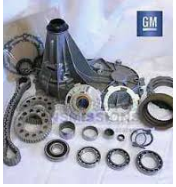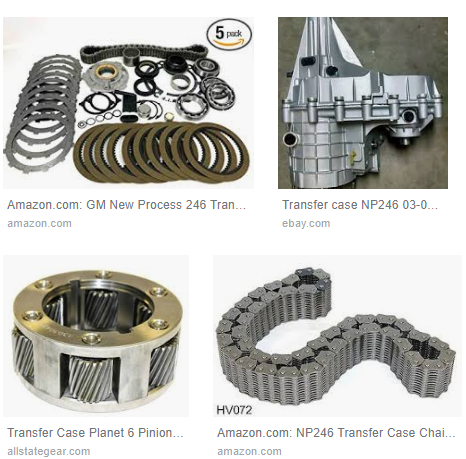transfer parts

The transfer parts is a device that distributes the power of the engine, and can output power to the rear axle or simultaneously to the front/rear axle. The characteristic is: the car with the transfer parts is powered by the transmission shaft to the transfer parts, and then transferred to the front and rear axles by the transfer parts, and can be switched between the rear drive and the four drive. , used more in hard-core off-road vehicles.
Advantages: The pure mechanical structure is highly reliable, can realize the power distribution of 50:50, and improve the escape of the car;
Disadvantages: no differential, no turning under four-wheel drive, no synchronizer, need to switch when the vehicle stops.
The time-sharing four-wheel drive car is usually a two-wheel drive, and the off-road condition is changed to a four-wheel drive. The time-sharing four-wheel drive transfer parts is a purely mechanical device.
When the transfer parts of this structure is hung in the 4-drive mode, the front and rear axles are rigidly connected, and the distribution of front and rear power of 50:50 can be realized, which is very advantageous for improving the passability of the vehicle.

In addition, due to its pure mechanical structure and high reliability, it is essential for vehicles that are often driven in the wilderness of lack of rescue. Even now, there are still a large number of hard-core off-road vehicles using this transfer parts.
On the transfer parts of this type of car, we will see the switching gears of 2H, 4H, N, and 4L. When the 2H is hung, this type of vehicle is a rear-wheel drive. After the power of the engine passes through the gearbox, it is directly connected to the rear axle through a transmission shaft.
The function of the transfer parts is to draw an output on the gearbox and pass the power to the output shaft of the front axle through the silent chain. Of course, this is not directly connected, otherwise you will not be able to switch between 4 and 2 drives.
In fact, it is separated and connected by two sets of gears. Its structure and principle are similar to the one and two axes of the gearbox. When switching, pull the stopper of the transfer parts and turn the power on and off with the front drive shaft through the fork.
Unlike the current mainstream gearbox with synchronizer, this part is switched without a synchronizer, which requires a perfect match between the speed and the wheel speed. This is the basic principle of this transfer parts.